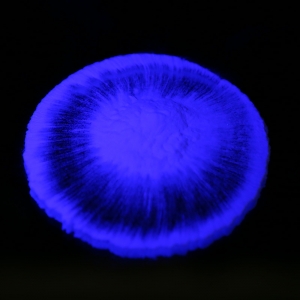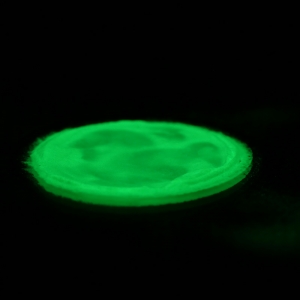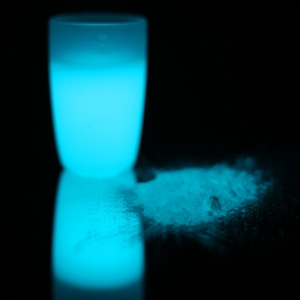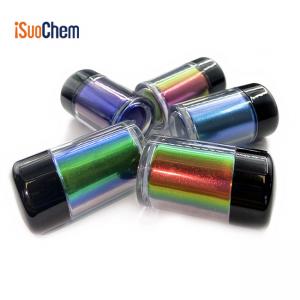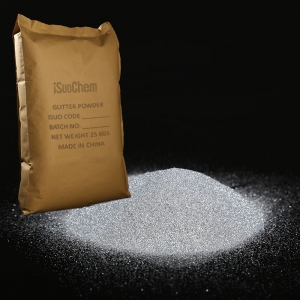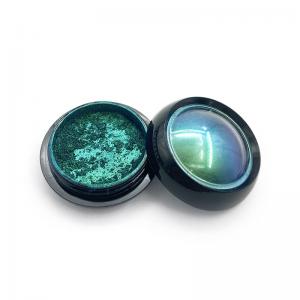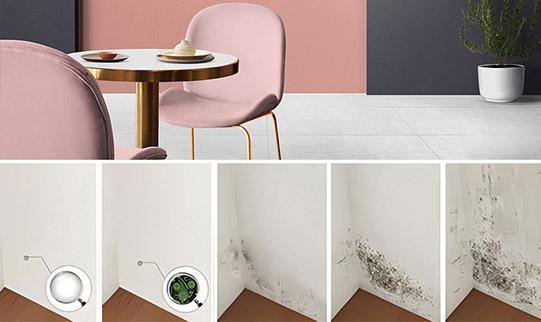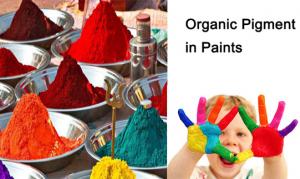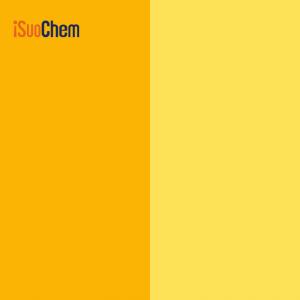Technological Solutions for Anti mould in Architectural paints and coatings
In regions with high humidity, such as southern climates, the integrity of architectural paints is often challenged by the growth of mildew. Inadequate waterproofing or inferior building materials can lead to unsightly and unhealthy mildew growth on walls, disrupting the living environment. Over time, efforts to mitigate this problem have evolved.
Historically, lime water was used to paint walls, providing both sterilising and decorative benefits and laying the foundations for modern anti mould paints. With advances in science, particularly in mould and fungicide research and technology, these paints have rapidly improved. Today's anti mold paints are used in demanding industrial environments such as cigarette factories, breweries and pharmaceutical plants where environmental conditions are harsh. Designed to resist mould and mildew while maintaining aesthetic appeal, these paints offer extended lifetimes of several decades, low toxicity and decorative versatility.
Over the past two decades, China has witnessed significant progress in the development of anti mould paints, with Anhui i-Sourcing (brand: iSuoChem®) emerging as a notable contributor, providing essential solutions and driving further innovation in this sector.
Anti mould paint and coating formulation design
Anti mould paints consist of Anti mould fungicides, binders(resins), pigments &fillers and additives. The primary objective of formulation design is to create paints that are effective resistance to mildew and algae, while providing excellent decorative properties. These paints must also have adequate storage stability, be easy to apply and be environmentally friendly. Today's mildew resistant paints are expected to meet the standards of conventional architectural paints in terms of non-toxicity, pleasant odour, attractive colour and long-lasting effectiveness, in line with environmentally friendly decorative functional paints.
1. Selection criteria for anti mould fungicides
The effectiveness of anti mould paints depends primarily on the anti mould fungicides used. Ideal anti-mold fungicides are characterised by below points:
High efficacy in eradicating or inhibiting the growth of micro-organisms with minimal use of chemicals.
Broad-spectrum activity against a wide range of micro-organisms.
Low toxicity, ensuring human and environmental safety and compliance with regulatory standards.
Excellent stability, unaffected by external factors such as light, heat and pH fluctuations.
Good compatibility with paint components to ensure uniform dispersion and prolonged effectiveness.
Colourless, odourless and non-corrosive.
Abundant sources, low prices and easy to use.

2. Pigments
Pigments add opacity and colour to paints, with white pigments used predominantly in anti-mould paints. Common options include titanium dioxide, lithopone and zinc oxide, while speciality pigments can be used to create unique visual effects. Of course, some effect paints also use pearlescent, fluorescent, luminescent or other special effect pigments to give architectural coatings different colours and sensory requirements.
3. Filler
Fillers improve hiding power, stability and processability, with options such as calcium carbonate, kaolin and talc being popular choices. The choice of ultra-fine fillers can further enhance the quality of the coating.
4. Binders (Resins)
Not all adhesives suitable for conventional decorative paints are compatible as binders in anti-mould paints. Acrylic emulsions(iSuoChem® DT, WS series), including all-acrylic and styrene-acrylic copolymer emulsions, offer superior film-forming properties, adhesion, chemical resistance and durability, making them the preferred base for these paints. In addition, they facilitate the production of low-VOC or environmentally friendly products, enhancing their appeal.
5. Additives
Additives play a crucial role in waterborne anti-mould coatings, particularly in improving storage stability, pigment dispersion and rheological properties. Synthetic polymer thickeners have gained popularity for their anti-mildew properties, with variants such as acrylic, polyurethane and polyether thickeners offering a wide range of applications.
The additives used in waterborne mould control coatings differ from those used in other systems. Today we will discuss the main waterborne formulations.
5.1 Thickeners
Thickeners must be added to the formulation to improve the storage stability of the coating, to prevent precipitation and agglomeration of pigments and fillers, to improve pigment dispersion efficiency and to improve the rheological properties of waterborne mould control coatings. It is important to consider the mould resistance of the thickener as well as its water resistance and stability.
Synthetic polymeric thickeners are thickeners that do not tend to mould. In recent years, this type of thickener has developed rapidly. The types can be divided into acrylic thickeners, polyurethane thickeners and polyether thickeners.
5.2 Pigment dispersion and surfactant
5.2.1 The dispersion mechanism in a pigment dispersion system is quite complex.
Step 1: In the dispersion process is the improvement of pigment infiltration by the developer, i.e. the reduction of the interfacial tension between developer and pigment powder and the increase of the infiltration rate. Agglomeration or excessive flocculation, i.e. removal of the air layer mainly on the pigment surface.
Step 2: The particles are mechanically ground to primary particle size.
Step 3: The particles are held in a stable dispersion state, with no recombination of the particles.
5.2.2 The surfactant and dispersant are adsorbed at the above developer/pigment interface for faster and more stable dispersion.
Formulations of water-based Anti-mould paints are listed in Table 1

Manufacture, product quality control and construction of anti-mould paints
The manufacturing process of anti-mould paints involves meticulous formulation and manufacturing steps to ensure product effectiveness and longevity. Water and pigment-related additives are first mixed, by the addition of fungicides, pigments and fillers. The mixture is thoroughly dispersed using equipment such as sand mills or three-roll mills, with quality checks to assess fineness. Additional additives such as binders, defoamers and rheology modifiers are added to produce the final product. Strict quality control measures are enforced throughout production and finished coatings are packaged and stored in controlled environments to maintain their integrity.
Table 2 shows the basic process for producing an anti-mildew coating.

Through the use of advanced formulation techniques and manufacturing processes, the development of anti-mould paints continues to evolve, providing durable and aesthetically pleasing solutions for architectural applications.






 +86 13965049124
+86 13965049124
 English
English  français
français русский
русский italiano
italiano español
español português
português العربية
العربية 한국의
한국의 ไทย
ไทย Tiếng Việt
Tiếng Việt